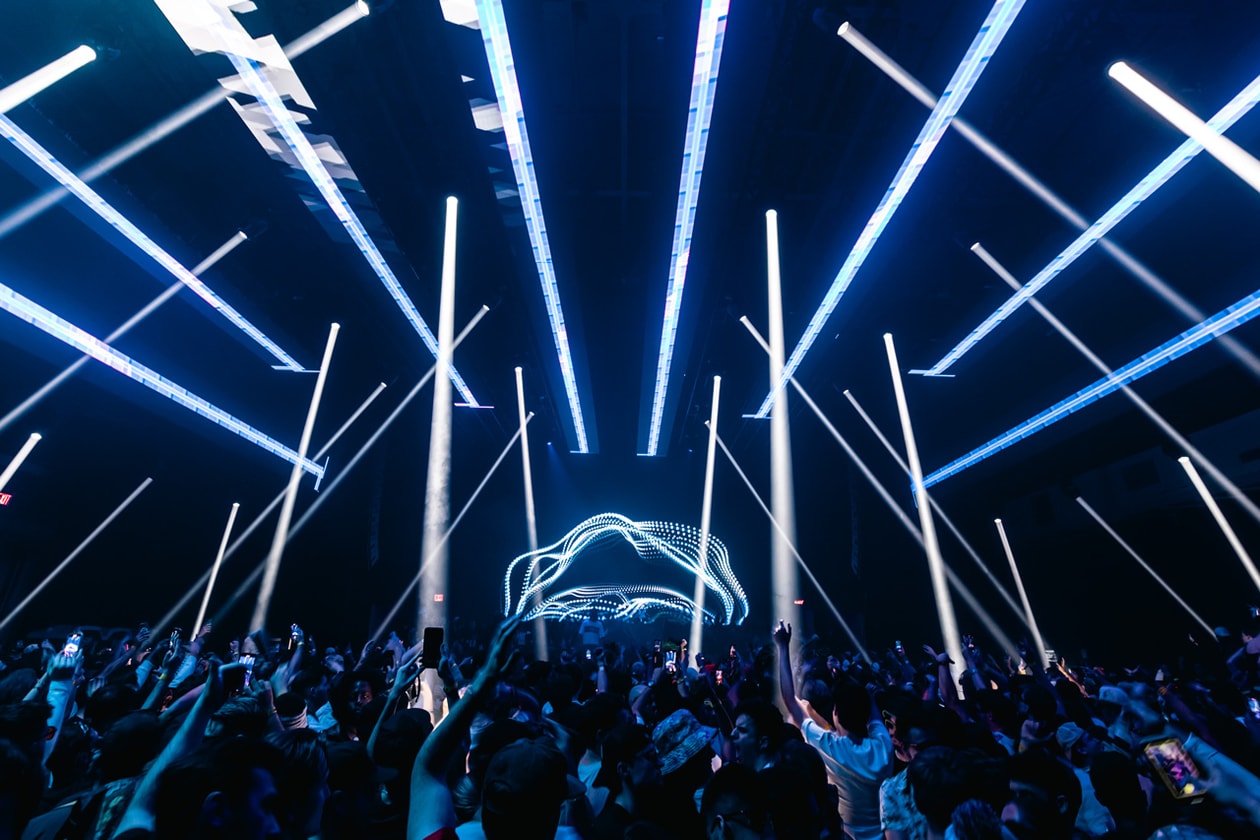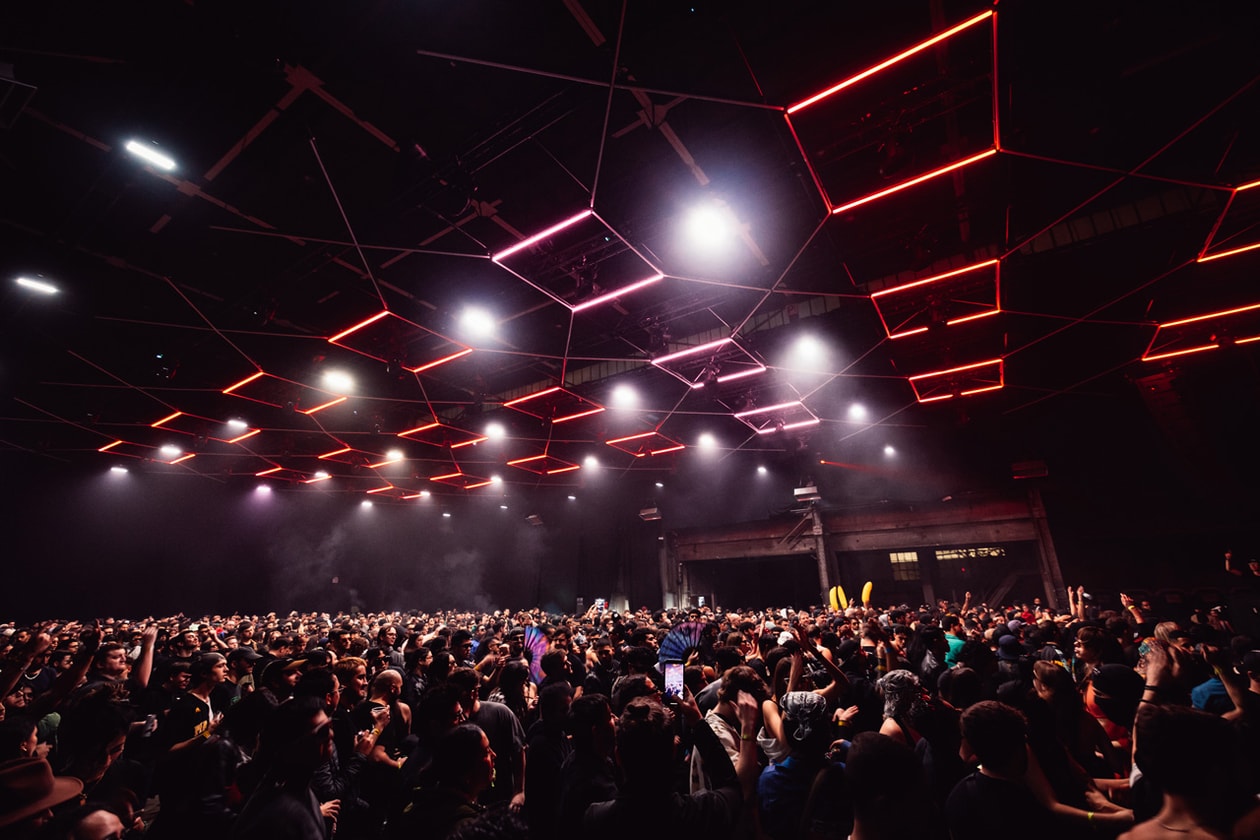Time Warp Is Throwing It Back To Technos Heydays
From Detroit to Budapest, each capital has its own signature techno style, but no country embraces the genre like Germany. It's a relationship rooted in history, particularly the fall of the Berlin Wall in 1989, when West Germans were encouraged to organize the party after years of state repression. Borrowing notes from Detroit's current techno boom, the Germans wrote the rules for hosting a rave: an empty warehouse, an energetic audience and, of course, crowd-pleasing DJs.
A genre that usually falls under the umbrella of electronic music, the definition of techno (and what rage is) has become somewhat cloudy over the years. Time Warp, a traveling music festival, wants to set the record straight by inviting international audiences to experience "authentic" German techno-rave live. In 1994, Time Warp traveled to the "Walzmühle" in Mannheim, Germany, one of the largest mills in Europe. For the past three decades, Time Warp has taken place in major cities around the world, with famous artists such as Richie Hawtin, Laurent Garnier and Sven Vath along the way.
Over the weekend, Time Warp heads to New York for two nights of relentless madness in Brooklyn, in collaboration with TechSupport. In a new interview, Time Warp's American founder Robin Ebinger and co-founder Rob Thoma talk about what he calls a true "German rave," hosting the event in New York and the evolution of technology over the years.
Time Warp describes itself as "an authentic German rave experience". What does this mean in terms of the actual participation experience? What can a raver expect from a night with a time warp?
Ebinger: People and the media declare that the original Time Warp festival is the most iconic techno festival in the world: a true rage that preserves the true spirit of the culture. What sets Time Warp apart in my opinion is our inherent connection to the dance floor and our intimacy with the venues and artists.
We go into every show with nervous excitement and make sure our passion for music and dedication shine through. We also paid a lot of attention to the details of the dance floor. This means we try to focus on the whole room and not just the stair lights and video. It is a symbiosis of light, video and sound. Attending Time Warp isn't just about enjoying great music, it's also about being part of a cultural event.
As an event based in Germany but traveling internationally, how does the experience fit into a city and its own tech culture?
Ebinger: Creating a time warp experience for different cities and their unique tech cultures requires a careful and flexible approach. Similarly, it is the choice of local partners. Here in New York, for example, the TechGaf team has become very close friends.




